Long Island Motor Parkway Bridge Series #45: Central Avenue/LIRR Railroad Bridge in Bethpage
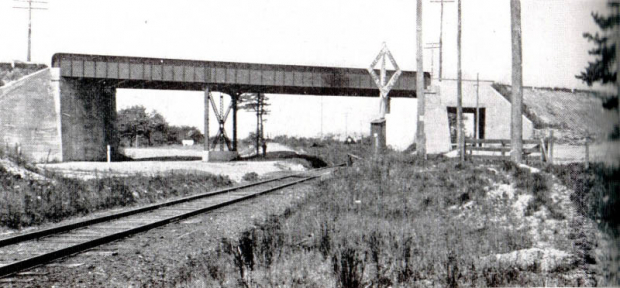
The 45th bridge in the series documenting the 60 bridges built by the Long Island Motor Parkway is the Central Avenue/Long Island Railroad Bridge in Central Park (now Bethpage). The bridge was the longest bridge built by the Motor Parkway and the only bridge crossing a railroad track and a road. It is classified a "parkway bridge" since the Motor Parkway went on top of the bridge. The steel trestle construction, rather than concrete, was mandated by the railroad.
One of the original 16 bridges built for the Vanderbilt Cup Races, the Central Avenue/LIRR Bridge is very well-documented, especially its construction in 1908.
Enjoy,
Howard Kroplick
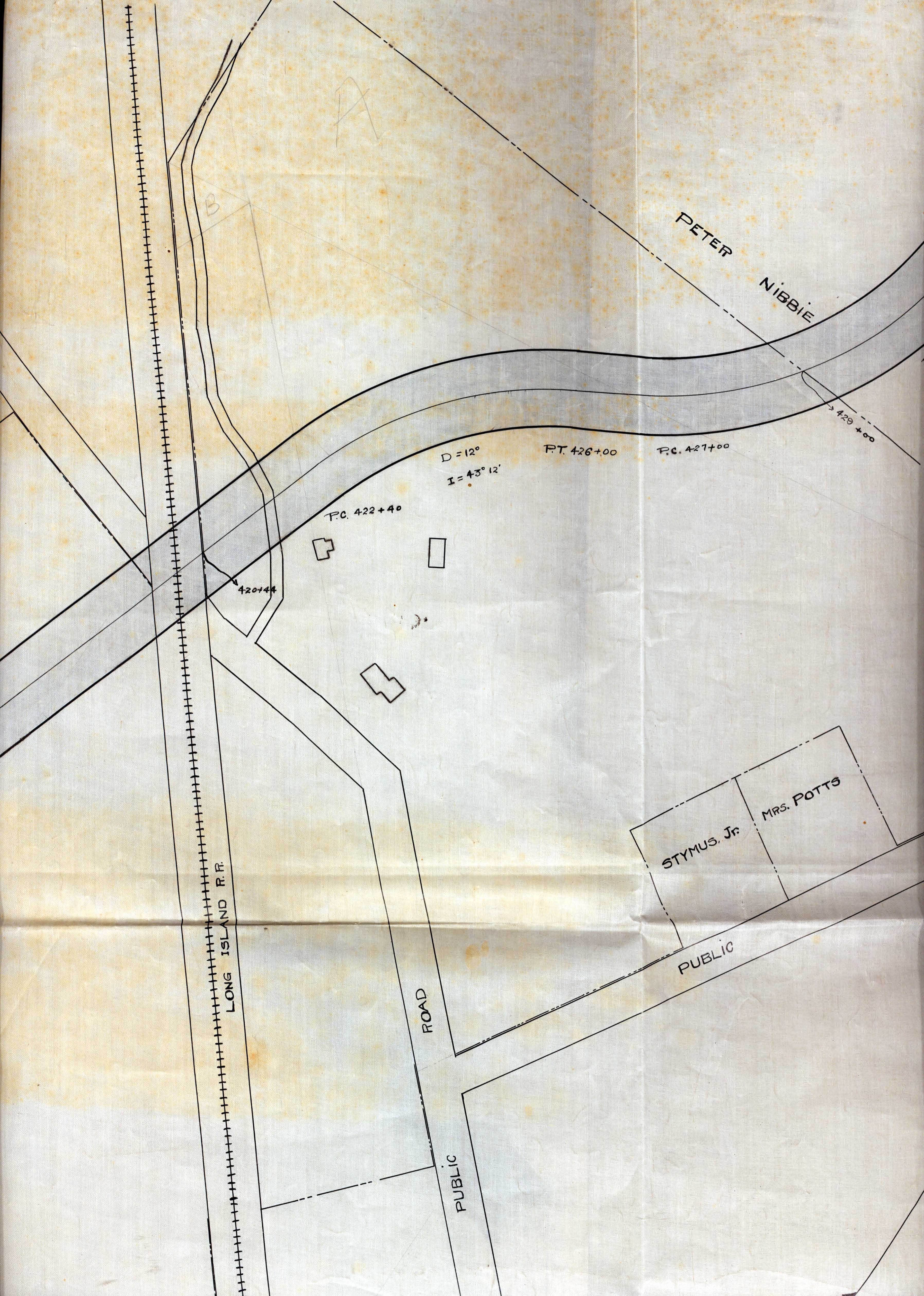
1907 blueprint of the bridge.
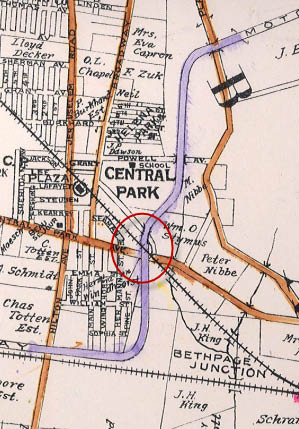
Central Park was later renamed Bethpage.
June 1908- Construction Images (Courtesy of the Garden City Archives)
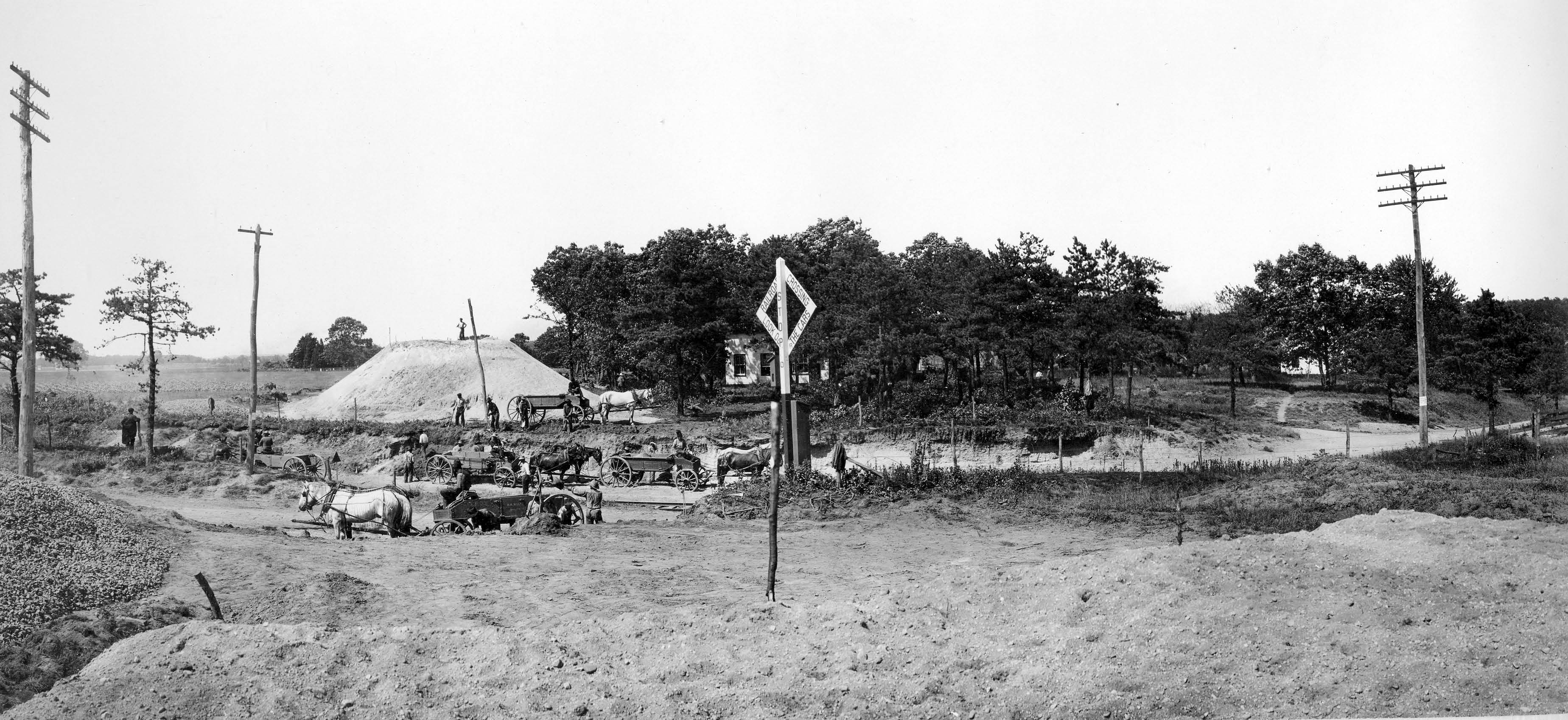
Looking North
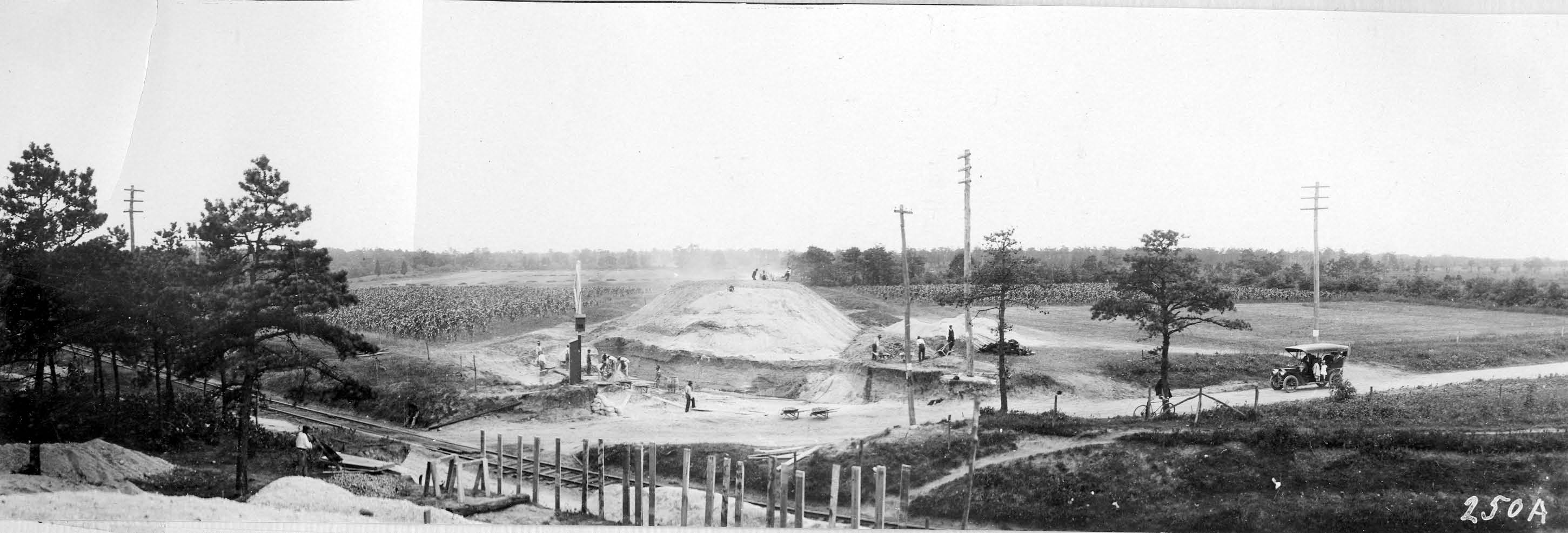
Looking South
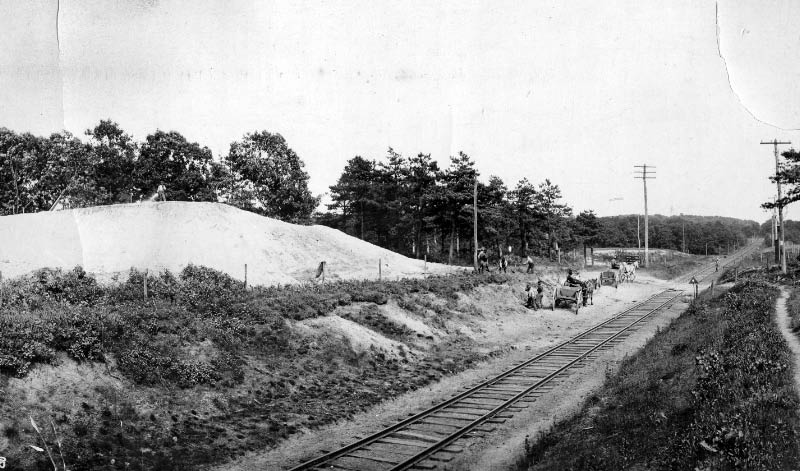
Looking East

Looking South East


Looking West
1908 Blueprint for the Initial Nine Miles of the Motor Parkway
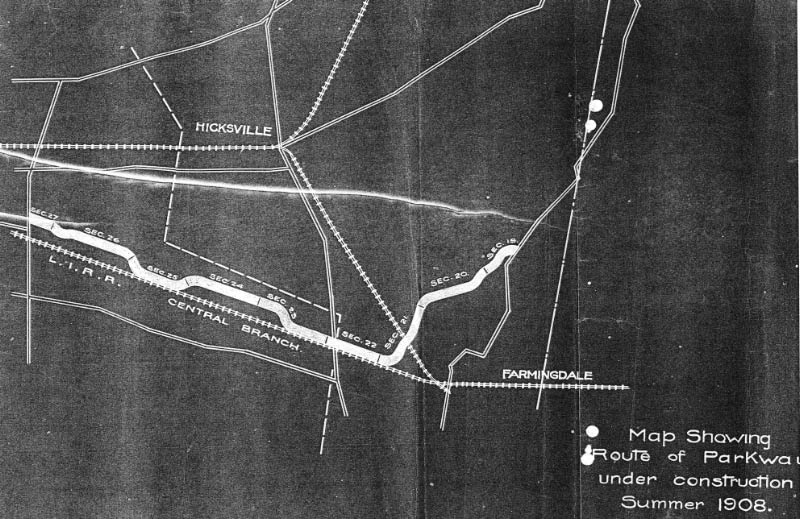
September 5, 1908- Construction Photos
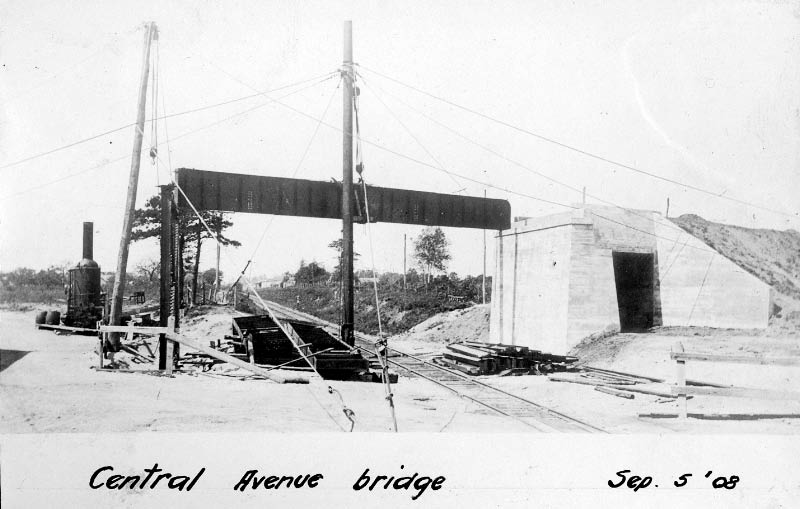
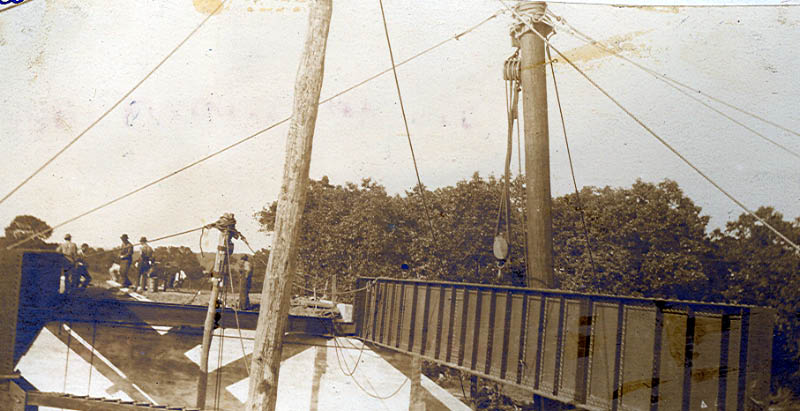
1926 Aerial
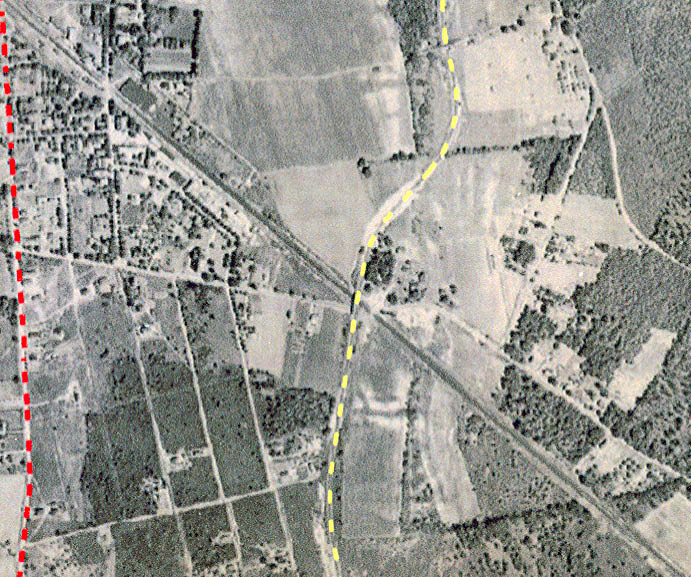
1928 Motor Parkway Atlas
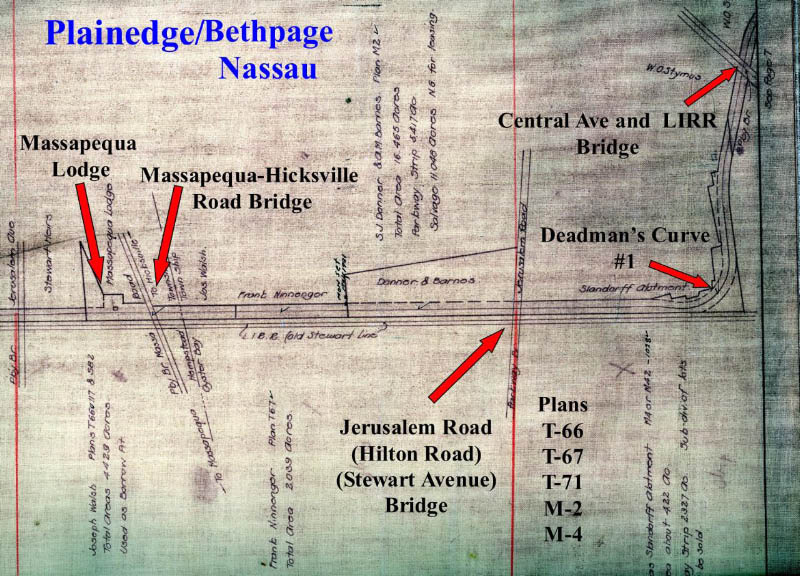
1908-1938 Completed Bridge
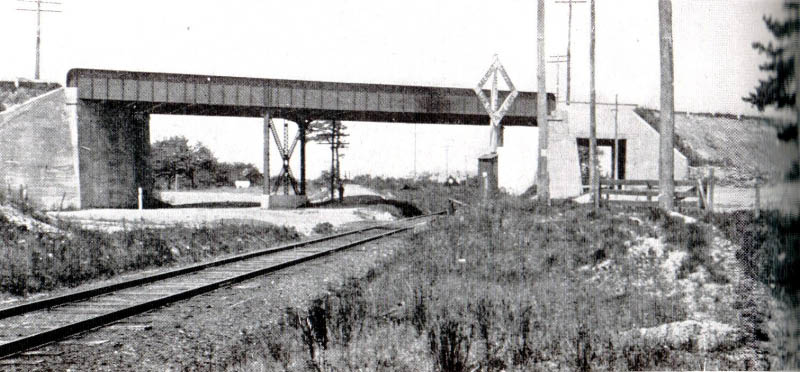
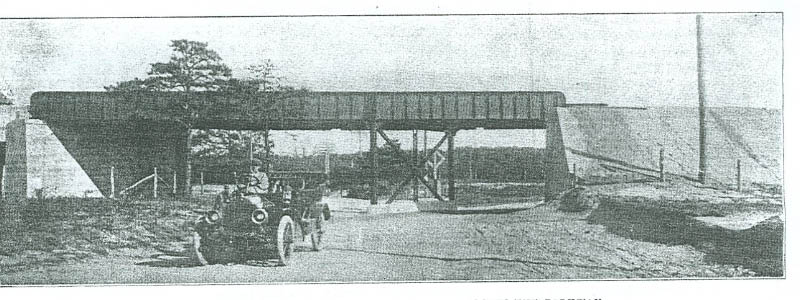

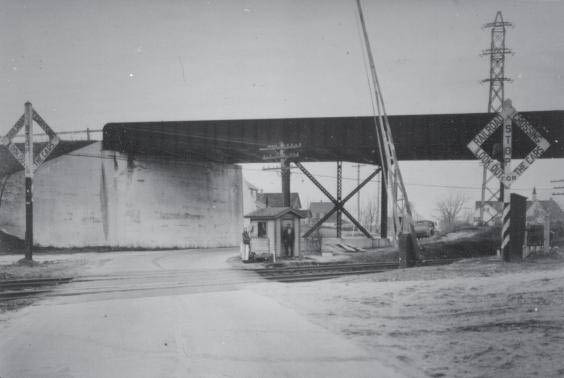

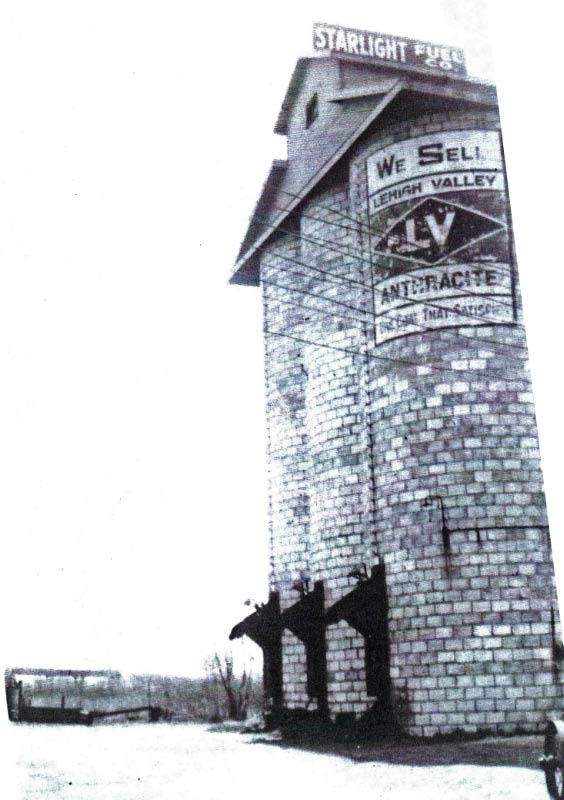
This view looking east shows the Central Avenue Bridge in the left corner. The coal bunkers of the Starlight Fuel Company were located at the intersection of Lexington Avenue and Schneider Lane. Courtesy of Bob and Coleen Albertson.

1908 Motor Parkway Sweepstakes
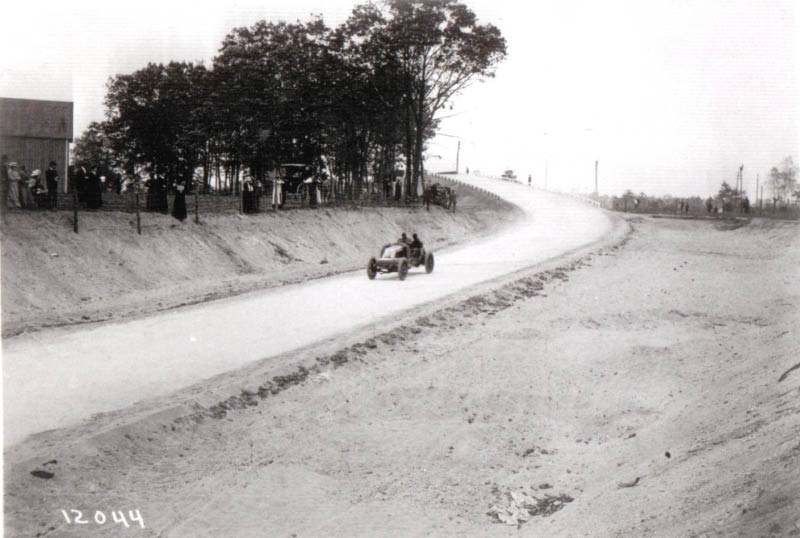
The Central Avenue Bridge can be seen in the background.
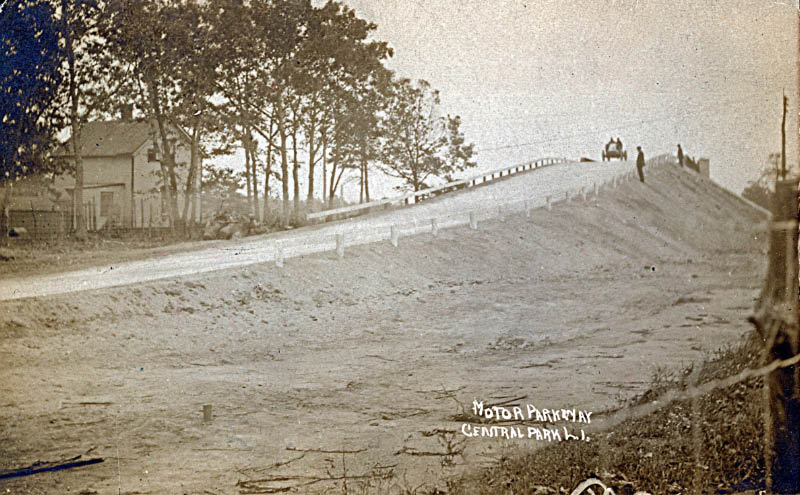
The #P46 Renault (France) driven by Lewis Strang. Finished 2nd in the Motor Parkway Sweepstakes.
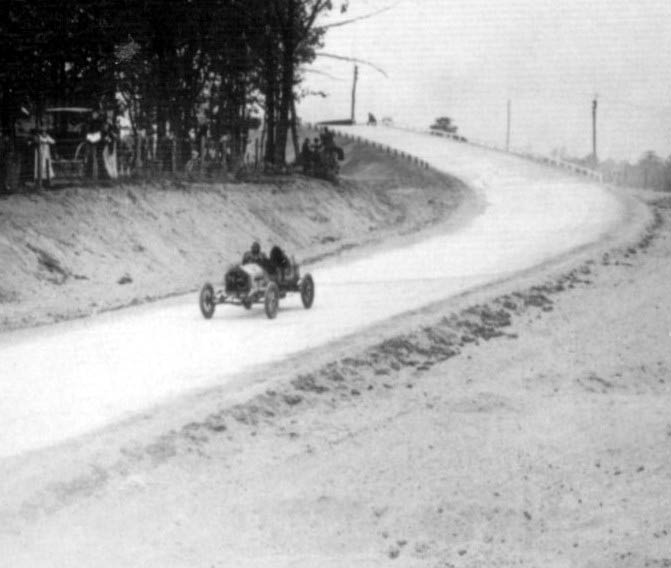
Th #N3 Buick driven by Hugh Easter. Finished 1st winning the Nassau Swepstakes, averaging 44 miles per hour.
1950 Aerial of Bethpage
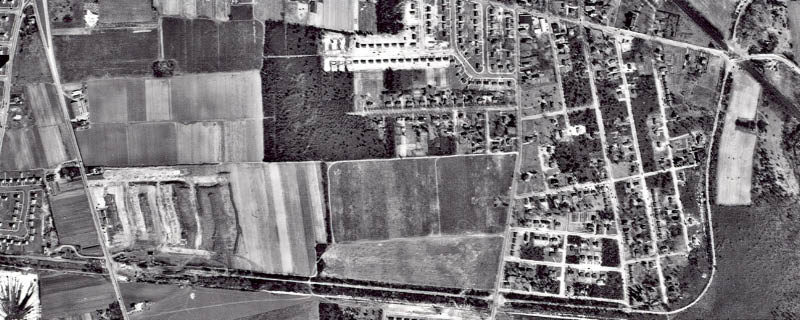
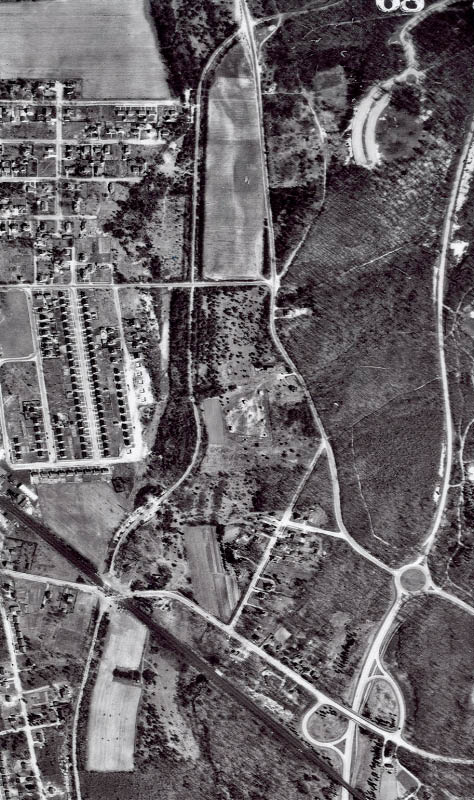
Now: 2003
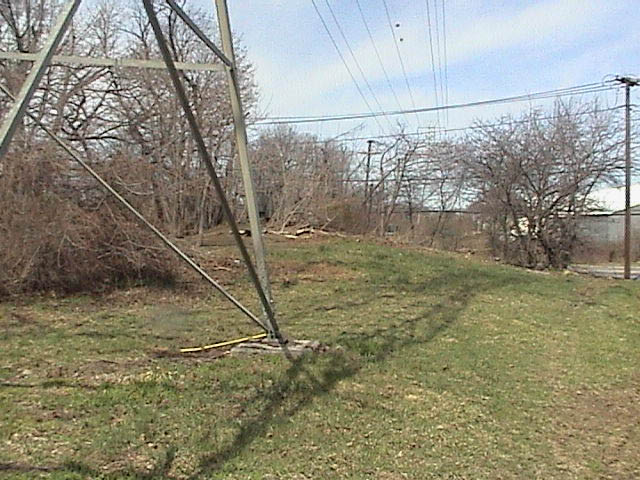
Remnants of the bridge's south embankment are still in place.
Now: 2012
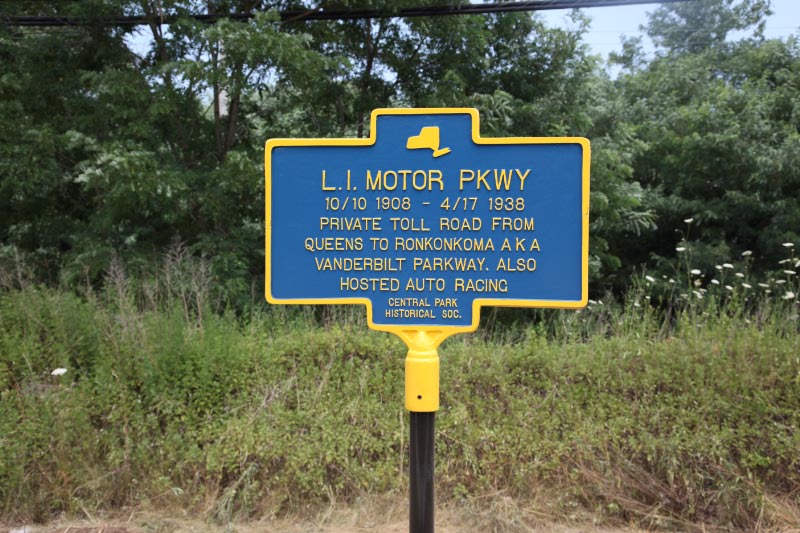
In 2012, The Central Park Historical Society placed a historical marker on the north side of Central Avenue at the site of the bridge.


Comments
You out did yourself as always, Howard. These are some great photos.
You can’t get much better than that.
Agreed Brian! These pics are great. (Thank you, Howard). This is my favorite bridge of the LIMP span; organized chaos all around. We’ve got Motor Pkwy, Central Ave, LIRR, and a Pedestrian walkway, all intersecting each other AND working in harmony. This is amazing for the era and shows Willie K’s persistence to get this parkway flowing as safe as possible. Not that easy.
Dear Howard, Yours is excellent historical and archival work. I salute you for it. It will benefit not only the present generation but future ones as well. Sincerely, David Kahn. D. Phil. Oxon. (that means, for those who are not up on their Latin or on British scholarly abbreviations, Doctor Philosophiae Oxoniensis = Ph.D. from Oxford.)
I can’t help boasting that a high school friend from Great Neck High and I explored the Nassau portion of the Motor Parkway during summer vacations in the late 1940s. A few years later I wrote an article about the Parkway for the Lincoln-Mercury Times, which I think you have in your archives. I called it the Granddaddy of Superhighways, because I believe it was the first road to have no intersections, only over- or underpasses. If you don’t have a copy, let me know and I can try to dig it out from my papers, which have been given to NSA’s National Cryptologic Museum library at Fort Meade, Maryland. When it gets warmer, I hope to come out to one of your meetings, if I may. Sincerely, David Kahn
______________________________________________________________
From Howard Kroplick:
Thank you Dr. Kahn for the salute.
Your wonderful article was reposted on the website in 2011:
http://www.vanderbiltcupraces.com/blog/article/1955_motor_parkway_article_granddaddy_of_superhighways
Please contact me when you are back on Long Island! Enjoy, Howard
Frank, It’s not a pedestrian underpass under the Parkway on the south side of the LIRR at Central Park. It is a farmway underpass for William Stymus and I believe it is the only one. Stymus provided the property for the Parkway ROW on both the north and south side of the railroad and Central Avenue. On the south side of the tracks his property had it’s frontage on Central Avenue. The Parkway ROW cut off access to his property east of the Parkway. Thus the need for the underpass. The Parkway couldn’t build an overpass further south because the Stymus frontage didn’t reach far south enough. The Parkway was very fortunate that Stymus was willing to work with them, his cooperation meant the Parkway had to build only one bridge to cross both the LIRR and Central Avenue.